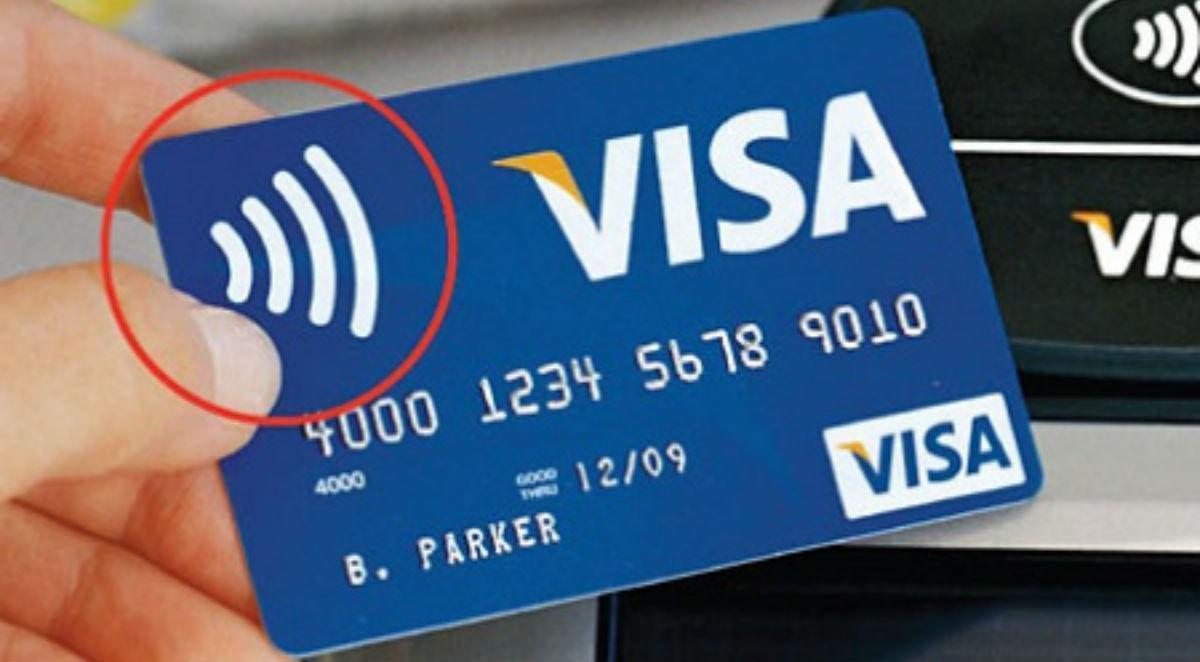The contactless card payment limit has been raised for the fifth time today (15 October). Initially set at £10 in 2007, it has now been raised to £100. While the limit has increased many retailers’ terminals will need to be updated so the option will not be available everywhere immediately.
The decision to raise the contactless limit from £45 to £100 was made by HM Treasury and the Financial Conduct Authority following a public consultation and in discussion with both the retail and banking sectors. It follows on from the successful increase in the limit to £30 in 2015.
The limit was increased to £45 in April 2020, early on in the coronavirus pandemic. Some shops restricted people’s ability to pay with cash during the crisis, although Bank of England research suggests the risk of catching Covid-19 from banknotes is low.
The Chancellor Rishi Sunak said:
Increasing the contactless limit will make it easier than ever to pay safely and securely – whether that’s at the local shops, or your favourite pub and restaurant. As people get back to the high street, millions of payments will made be simpler, providing a welcome boost for retailers and shoppers.
Fraud Risk
The move has raised some concerns about the potential for fraud.
An FCA spokesman said the rules have been changed to help the industry continue “to respond to the changing ways in which people prefer to pay”:
“Available fraud rate data suggests there to be no significant increase in contactless payment-related fraud since industry increased the limit to £45 in April 2020.
“What’s more, we have seen no material increase in fraudulent transactions in other countries where the contactless limit increased to the equivalent of £100 or above.”
He added it was up to firms to monitor for fraud and work to reduce the risk of unauthorised transactions, and that the FCA would watch the data closely to see if the increase caused a rise in fraudulent payment.
Under fraud protection rules, people can claim a refund if someone else makes an unauthorised payment from their account; for example, after their card has been stolen.
Cards also have an in-built security check so that, after a certain amount of contactless spending is undertaken or a certain number of transactions have been made, customers will need to enter their pin number.
Nearly 75% of people want the option to set their own contactless limit
A recent study by KIS Finance has revealed some interesting statistics in relation to the limit for contactless payments increasing to £100.
The survey results highlighted that customers want the option to set their own contactless limits. Nearly three quarters (73.1%) of people said that they want their bank to introduce this option, rather than the limit automatically increasing to £100.
The two main reasons that people provided for wanting to set their own limit were to control spending (47.1%) and concerns over card theft (33.5%).
Key Statistics
- 73.1% of people want the option to set their own contactless limit.
- 44.8% of people are happy for the contactless limit to increase to £100.
- 38.1% of people think that the contactless limit should be kept at £45.
- •2.2% of people think that the contactless limit should have been kept at £30.
- Less than 1% of people would be happy for the contactless limit to go above £100/become limitless.
Holly Andrews, Managing Director at KIS Finance says:
“While many are happy for the contactless limit to increase to £100, the vast majority of shoppers want to be able to set their own limit.
When asked for their reasons why, almost 50% of people stated that they want to be able to control their own finances as they fear a limit so high could see spending get out of hand.
For those who have a tendency to make impulse purchases on a regular basis, contactless cards make this kind of spending even easier. When you have to enter your PIN number, you have a moment to stop and think and realise what you’re doing. When you pay with cash, you can see the money physically leaving your hand. Using a contactless card is a completely mindless process.”
UK Banks and Contactless Payments
Several banks will allow account holders to set a contactless limit of less than £100 or turn it off altogether.
Barclays
While customers do not currently have the option to set their own contactless limits, they can set spending limits across all of their transactions, which includes contactless transactions. These controls can be updated in real time in their app.
HSBC
HSBC does not currently offer the ability to set individual contactless limits, but it said customers can request a non-contactless card if that is their preference.
Lloyds Banking Group
Customers of Lloyds, Halifax and Bank of Scotland will be able to set their own contactless limits, of between £30 up to £95, in increments of £5.
They can also toggle contactless functionality on and off. If people turn contactless off, they will need to key in their Pin when paying by card.
Nationwide Building Society
Nationwide customers will have the ability to turn off the contactless function and can also request a non-contactless card if they prefer.
The building society is also planning to launch the ability for members to set a lower contactless limit than £100 in the future.
NatWest
Customers can choose to turn off the contactless function of their card using NatWest’s mobile app but cannot currently set their own limit.
Santander
Santander is working on an option for customers to be able to request lower contactless limits, but this will not be immediately available.
Starling Bank
Starling customers will be able to select a limit of their choice between £0 and £100, in £10 increments using its app. They can also turn contactless off entirely if they want to.



